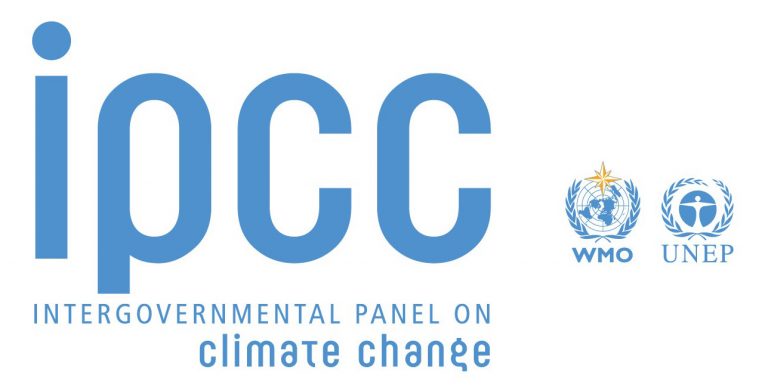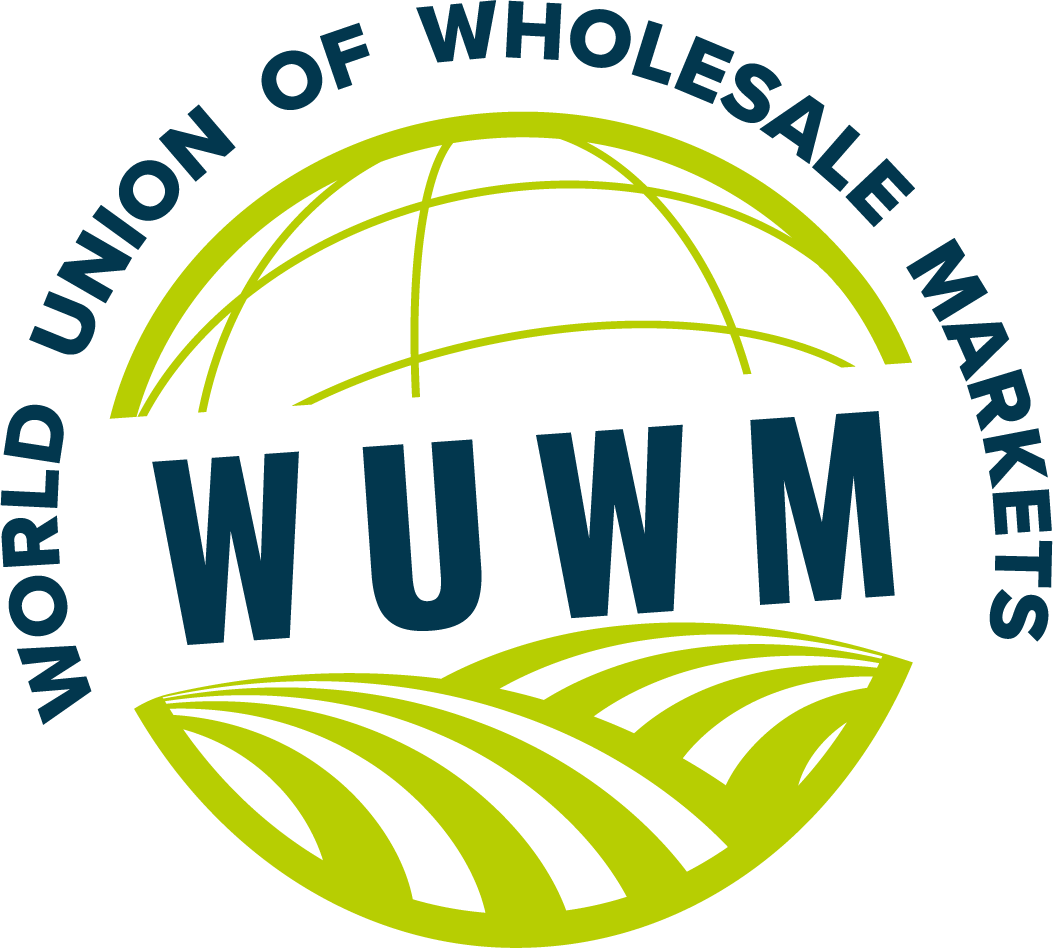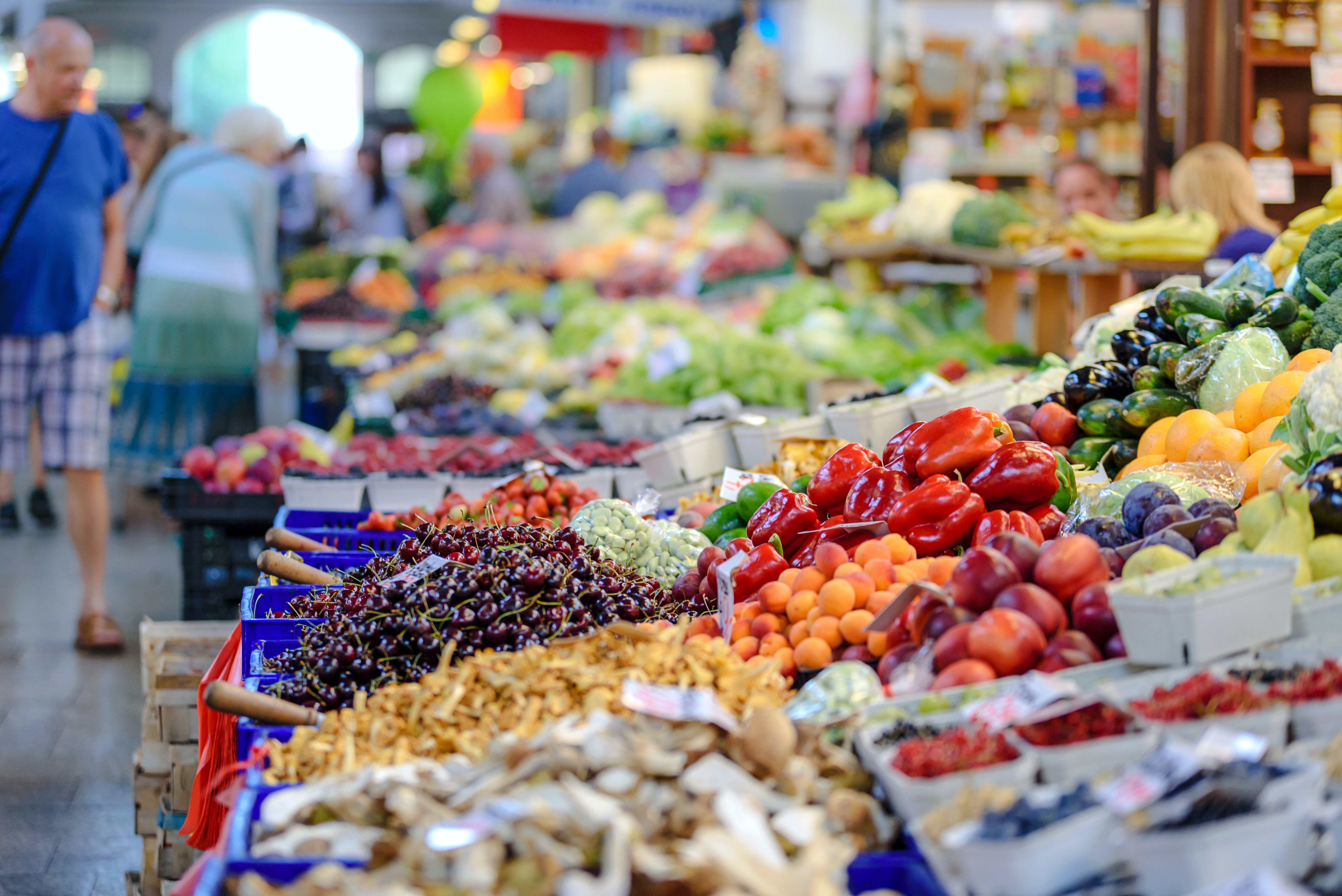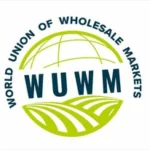In focus: What does the last IPCC report tells us about the future of food systems?

A year ago, the Intergovernmental Panel on Climate Change (IPCC) published the second part of its report on the impacts, adaptation, and vulnerability of human societies to climate change. The IPCC was established in 1988 under the auspices of the United Nations and now includes experts from 195 countries around the world. Scientists from many disciplines focus on specific topics and summarize all the latest scientific publications on the subject. Thus, the report is a compendium of the latest scientific findings on the effects of climate change. The 5th chapter of the second part of the report contains predictions on climate change and its effects on the benefits we receive from nature for food, medicine, and clothing. In this article, we will explore the impacts of climate change, as well as adaptation and vulnerability of global food systems, and share the key insights. [br][br]
Firstly, climate change has the potential to affect all stages of the food system value chain. This includes production, transportation, storage, and processing. Additionally, it can have a significant impact on the food environment in which consumers make their purchasing decisions. Wholesale markets, whose products are highly nutritious and therefore perishable, are particularly vulnerable due to potential limitations in food storage and transportation infrastructure. [br][br]
Secondly, according to this latest IPCC report, climatic events impacting storage (e.g., loss of cold storage) and transport infrastructure (e.g., extreme weather events that damage roads and other infrastructure) could significantly reduce the availability of highly perishable nutritious foods such as fruit, vegetables, fish, meat and dairy products as well as exponentially increase their cost. There are three key elements to consider in understanding the impacts of climate change on food supply chains: food security, storage, and international/domestic food trade. [br][br]
- First and foremost, with regard to food safety, rising temperatures present an increased risk of food contamination from micro-organisms, toxins, and heavy metals. For example, increased precipitation intensity may cause an increase in runoff from the soil and leaching of heavy metals into aquatic systems which can be more severe in certain areas. Additionally, climate change can also alter the distribution, survival and transmission of vectors and associated pathogens, which could result in an increase in drug use in order to counteract the effects. To ensure the quality of food products sold in wholesale markets, heightened vigilance is essential. Furthermore, climate change has already changed the start and duration of the growing season for crops, as well as the variability of rainfall in some areas, which can affect peak production. Consequently, wholesale markets are essential to the distribution of these vital foods.[br]
- Second, as temperatures rise, issues surrounding the storage, distribution, and processing of goods will become apparent. Research shows that when the exterior temperature rises from 17°C to 25°C, the energy consumption of cold stores increases by 11%. This calls for an analysis of how wholesale markets maintain cooling in their warehouses and sales areas. Higher temperatures and humidity can lead to higher storage costs, fewer goods in storage, and reduced quality, resulting in lower incomes for producers and higher prices for consumers.[br]
- Third, in the early 21st century, more than a billion people rely on the international food trade for sustenance. Climate change is likely to have a considerable impact on the availability of resources, both in quantity and quality, thus leading to fluctuations in trade flows, prices, and producer incomes. It is expected that as the climate warms, surface and river flooding will become more frequent, presenting an obstacle to road and rail infrastructure and disrupting both international and domestic transport of agricultural products. [br][br]
Thus, in order effectively adapt to this changing environment, three modes of adaptation will need to be taken into consideration that will need to be dynamic and flexible, as the effects of climate change are expected to worsen over time. The first is the adoption of technologies already in use elsewhere or that available or nearly ready, which will become financially viable as impacts become more severe. Secondly, developing new technologies is essential in order to address challenges that wholesale markets have not yet come across. Lastly, taking advantage of changing comparative advantages between regions is the third solution suggested by the IPCC. This is because, as wholesale markets allow food to flow from one region to another, they can partially offset the problems of the most affected countries are facing. [br][br]
Finally, increased levels of CO2 in the atmosphere are adversely affecting the quality of the food we eat. This deterioration is due to a decrease in the quantity of proteins, iron, zinc, and essential vitamins, with variations depending on the species and cultivars. Predictions suggest that with rising CO2 levels, there could be a decrease of up to 10% in the key minerals and vitamins in food. To ensure that people are able to get access to a wide range of nutritious food, it is important that the wholesale markets remain viable and strong in the face of climate change. WUWM is fully committed to this transition to more resilient food systems that can provide quality food to and for every citizen.







